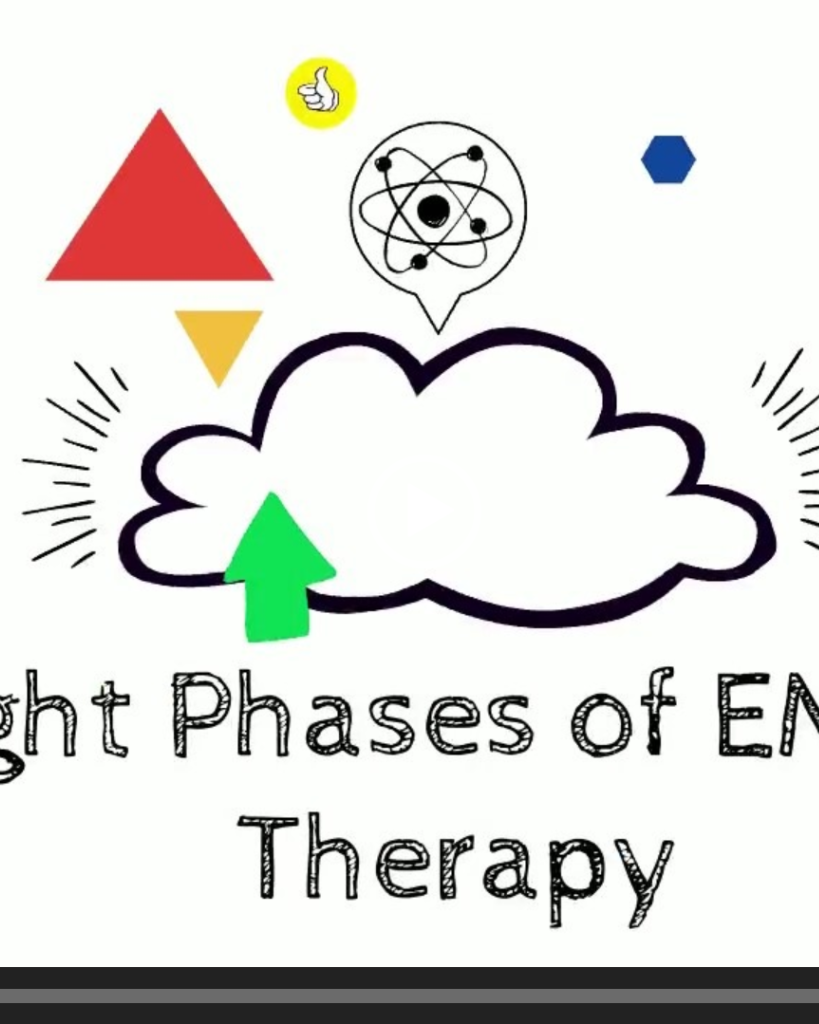Bilateral saccadic eye movements and tactile stimulation, but not auditory stimulation, enhance memory retrieval
Discussion of alternating bilateral activation of the left & right hemispheres and its effects on memory connectivity between the hemispheres.
Article Abstract
“Recent research has shown superior memory retrieval when participants make a series of horizontal saccadic eye movements between the memory encoding phase and the retrieval phase compared to participants who do not move their eyes or move their eyes vertically. It has been hypothesized that the rapidly alternating activation of the two hemispheres that is associated with the series of left–right eye movements is critical in causing the enhanced retrieval. This hypothesis predicts a beneficial effect on retrieval of alternating left–right stimulation not only of the visuomotor system, but also of the somatosensory system, both of which have a strict contralateral organization. In contrast, this hypothesis does not predict an effect, or a weaker effect, on retrieval of alternating left–right stimulation of the auditory system, which has a much less lateralized organization. Consistent with these predictions, we replicated the horizontal saccade-induced retrieval enhancement (Experiment 1) and showed that a similar retrieval enhancement occurs after alternating left–right tactile stimulation (Experiment 2). Furthermore, retrieval was not enhanced after alternating left–right auditory stimulation compared to simultaneous bilateral auditory stimulation (Experiment 3). We discuss the possibility that alternating bilateral activation of the left and right hemispheres exerts its effects on memory by increasing the functional connectivity between the two hemispheres. We also discuss the findings in the context of clinical practice, in which bilateral eye movements (EMDR) and auditory stimulation are used in the treatment of post-traumatic stress disorder.
Highlights
- A 30-s series of alternating left–right saccades improves episodic memory retrieval.
- So does alternating left–right tactile but not auditory stimulation.
- The results suggest the effect is mediated by enhanced interhemispheric interaction.”
—Description from publisher
Article Access
Purchase/Subscription Required
Nieuwenhuis, S., Elzinga, B. M., Ras, P. H., Berends, F., Duijs, P., Samara, Z., & Slagter, H. A. (2012). Bilateral saccadic eye movements and tactile stimulation, but not auditory stimulation, enhance memory retrieval. Brain and Cognition, 81(1), 52-56. https://doi.org/10.1016/j.bandc.2012.10.003
Date
February 1, 2013
Creator(s)
Sander Nieuwenhuis, Bernet M. Elzinga, Priscilla H. Ras
Contributor(s)
Floris Berends, Peter Duijs, Zoe Samara, Heleen A. Slagter
Practice & Methods
BLS, Mechanisms of Action
Publisher
Elsevier
Rights
Copyright © 2012 Elsevier Inc. All rights reserved.
APA Citation
Nieuwenhuis, S., Elzinga, B. M., Ras, P. H., Berends, F., Duijs, P., Samara, Z., & Slagter, H. A. (2012). Bilateral saccadic eye movements and tactile stimulation, but not auditory stimulation, enhance memory retrieval. Brain and Cognition, 81(1), 52-56. https://doi.org/10.1016/j.bandc.2012.10.003
Audience
EMDR Therapists, Other Mental Health Professionals
Language
English
Content Type
Article, Peer-Reviewed
Access Type
External Resource




